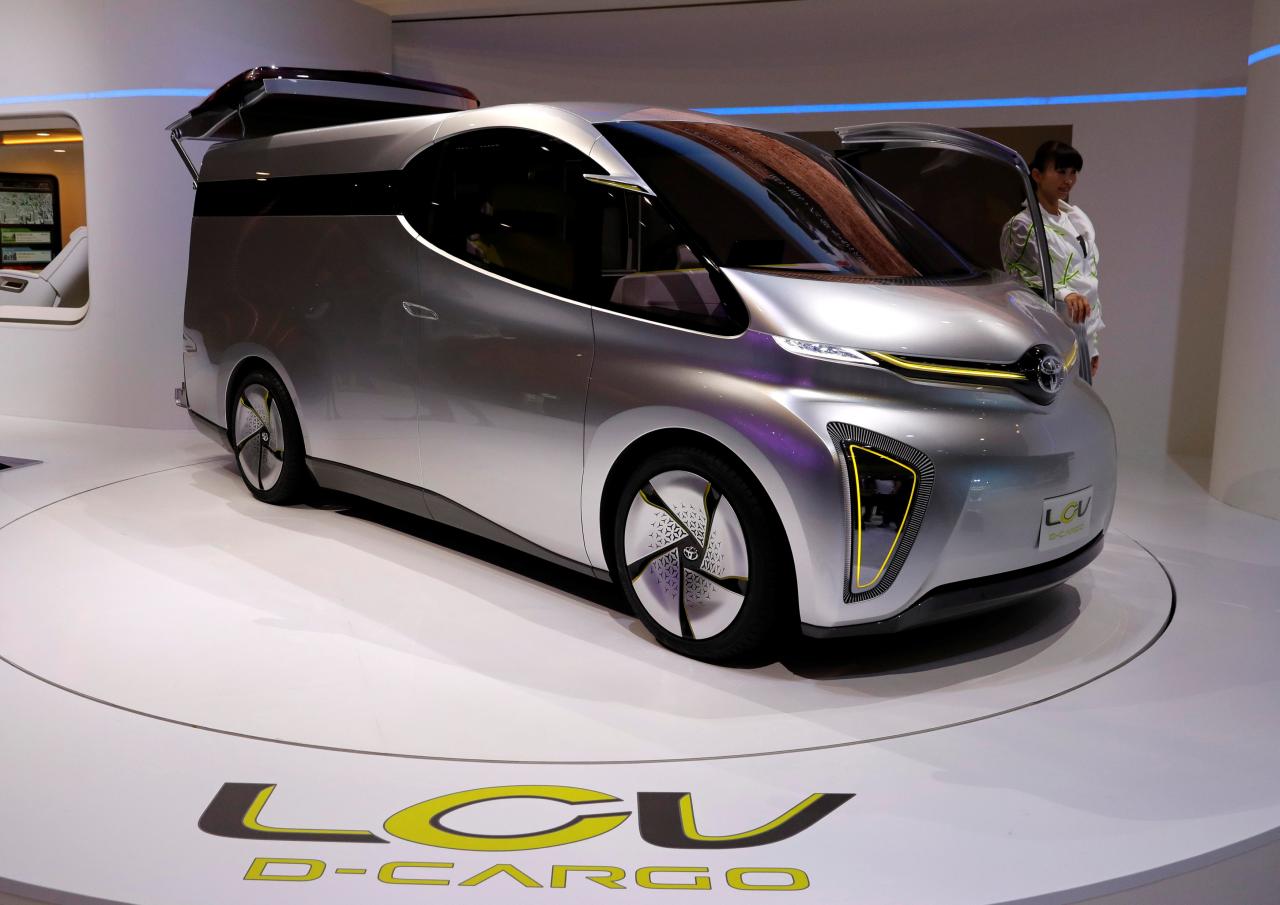Toyota Motor prepares to begin offering U.S. vehicles that can talk to each other using short-range wireless technology in 2021, the Japanese automaker stated on Monday, possibly preventing thousands of accidents on yearly basis.
The U.S. Transportation Department must decide if they should adopt a pending proposal that would need all future automobiles to have the advanced technology.
Toyota hopes to embrace the dedicated short-range communications systems in the United States across most of its lineup by the mid-2020s. Toyota said it hopes that by announcing its strategies, other automakers will follow suit.
The Obama administration in December 2016 proposed requiring the technology and giving automakers a minimum of four years to comply. The proposal requires automakers to guarantee all vehicles “speak the same language through a standard technology.”
Automakers were given a block of spectrum in 1999 in the 5.9 GHz band for “vehicle-to-vehicle” and “vehicle to infrastructure” communications and have looked into the technology for more than 10 years, but it has gone widely unused. Some in Congress and at the Federal Communications Commission think it should be opened to other uses.
During last year, General Motors started offering vehicle-to-vehicle technologies on its Cadillac CTS model, but it is presently the only commercially available vehicle with the system. Talking vehicles, which have been tested in pilot projects and by U.S. automakers for more than 10 years, use dedicated short-range communications to transmit data up to 300 meters, consisting of location, direction and speed, to nearby automobiles.


